Outdoor LED Display Screen Buying Guide
Table of Contents
Looking to buy an outdoor LED display but not sure where to start? You’re not alone.
Outdoor screens come in many sizes, shapes, and specs. And depending on where and how you plan to use them—advertising, events, retail, or public info—the right choice can look very different.
It’s more than just price or resolution. Things like brightness, weather protection, and installation methods all play a role.
In the following, we’ll go through some key points worth considering—simple, clear, and based on real needs.
What is an outdoor LED display?
Outdoor LED display is a large electronic screen designed for outdoor environments. It emits light through high-brightness LED lamp beads and can clearly display content even in direct sunlight. Compared with indoor screens, outdoor LED advertising screens require stronger brightness, waterproofness and weather resistance.
This type of outdoor digital signage display is widely used in commercial advertising, event live broadcasts, traffic information releases and other scenarios. Not only can it play videos and pictures, but it can also update content at any time through a remote control system.
In short, if you want to display information outdoors, whether it is a store sign or municipal publicity, choosing a suitable waterproof outdoor LED display is a very critical first step.
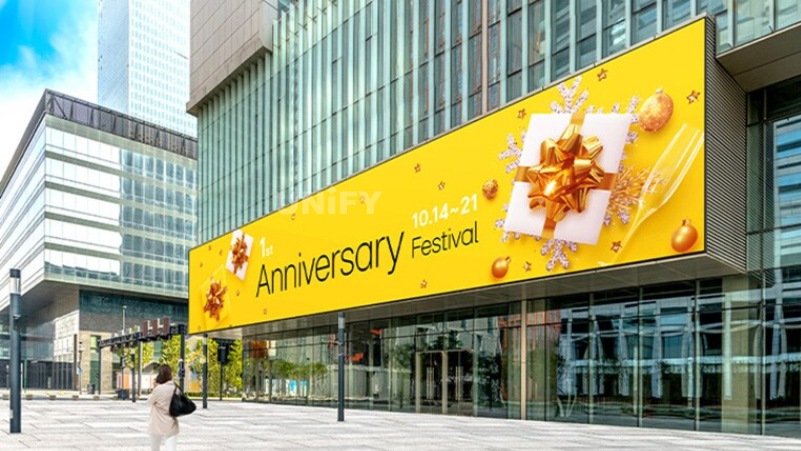
What core parameters should you pay attention to when purchasing outdoor LED display screens?
Many customers will be confused at the beginning: “Should I choose a smaller pixel pitch?” – This is actually a common misunderstanding.
Yes, the smaller the pixel pitch, the higher the resolution and the clearer the picture. But this also means that the more expensive the screen is, the greater the budget pressure. In fact, the key is not how expensive the product you bought, but whether you bought a resolution that “just meets the viewing needs”.
For example:
P1.25 indoor LED screen is suitable for playing high-definition videos and fine graphics, which is very suitable for conference rooms and TV stations;
P1.86 or P2.5 screens are more cost-effective in education, auditoriums, and retail.
In addition, you should also consider the type of content you display:
If you mainly play text and graphics, clarity is the priority;
If you play dynamic videos or stage shots, refresh rate and contrast are more important.
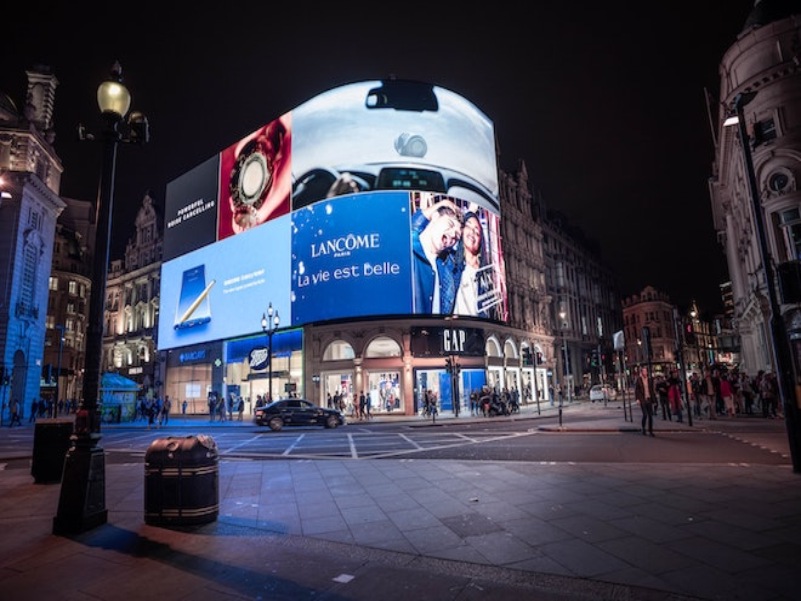
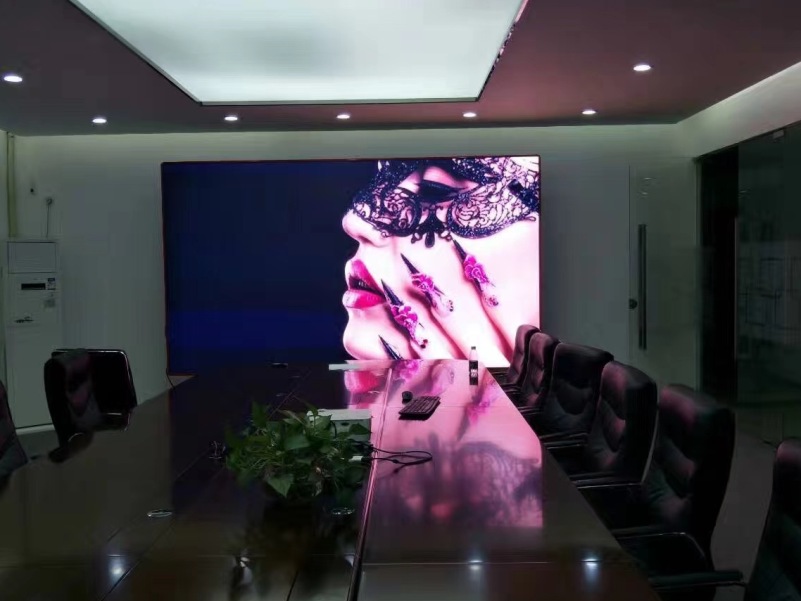
2. Analysis of Common Application Scenarios of Outdoor LED Display Screen
The greatest value of outdoor LED screens is to help brands be seen by more people in places with the most dense traffic. Different scene requirements also determine that the screen design and parameters must change accordingly.
In commercial blocks and shopping mall facades, large screens are often used for all-weather advertising. Such locations have high requirements for screen brightness and must ensure that they can be clearly seen even under direct sunlight during the day.
In stadiums, LED video walls are more used to play scores, sponsorship advertisements or slow-motion playbacks, and have particularly high requirements for refresh rate and image quality.
There are also occasions such as city squares, pedestrian streets, and landmark building exteriors, where ultra-large video walls are usually made to publish event information or interactive content. Here, we pay more attention to ultra-wide viewing angles and structural safety.
For occasions that require short-term publicity, such as outdoor activities, festival stages, or temporary advertising spaces, modular quick-install structures will be used to facilitate construction and disassembly.
In general, each application scenario corresponds to different sizes, brightness, protection levels, and installation structures. Only by figuring out the purpose first can we continue to make appropriate configuration choices.
Analysis of factors affecting the price of Outdoor LED Display Screen
If you want to know how much an outdoor LED screen costs, you must first look at several core factors.
1. Dot pitch and resolution
The smaller the dot pitch, the more LED lamp beads there are, and the cost is naturally higher. For example, for screens of the same size, P4 is much more expensive than P8.
2. Screen size and area
The larger the area, the more materials are used, and the steel structure, lightning protection and waterproofing must also be reinforced, which will increase the overall price.
3. Installation method and structural complexity
Wall installation is simple and low cost; column or roof installation requires a foundation and wind load must be considered, so the cost will be higher.
4. Brand and core components
Core components such as lamp beads, control systems, and power supplies use imported or high-end models, and the price difference is not small. But usually the stability is also better.
5. Service and after-sales
Including transportation, on-site installation, commissioning training, and warranty period, all of which will be reflected in the total price. Cheap ones are not necessarily worry-free, and worry-free ones often cost a little more.
Therefore, the quotation may seem like just a number, but it is actually the result of a comprehensive consideration of technical parameters, materials, services and construction complexity.
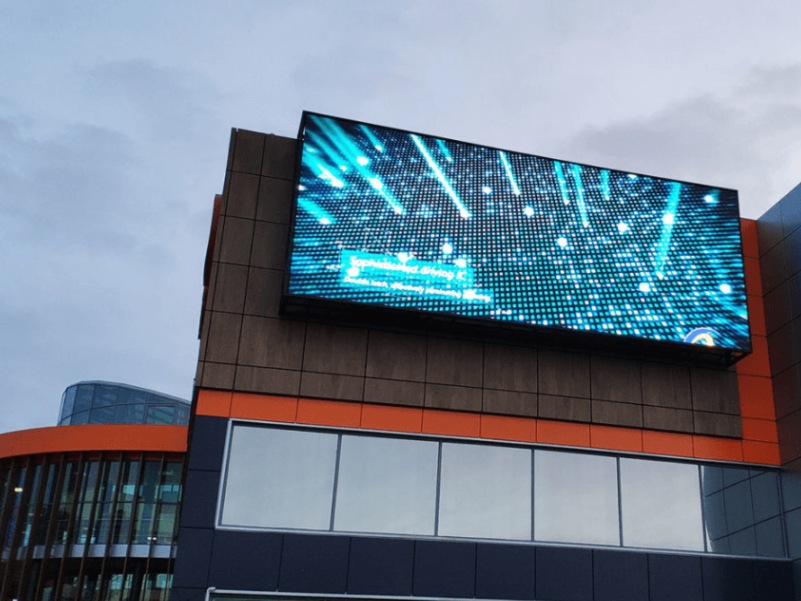
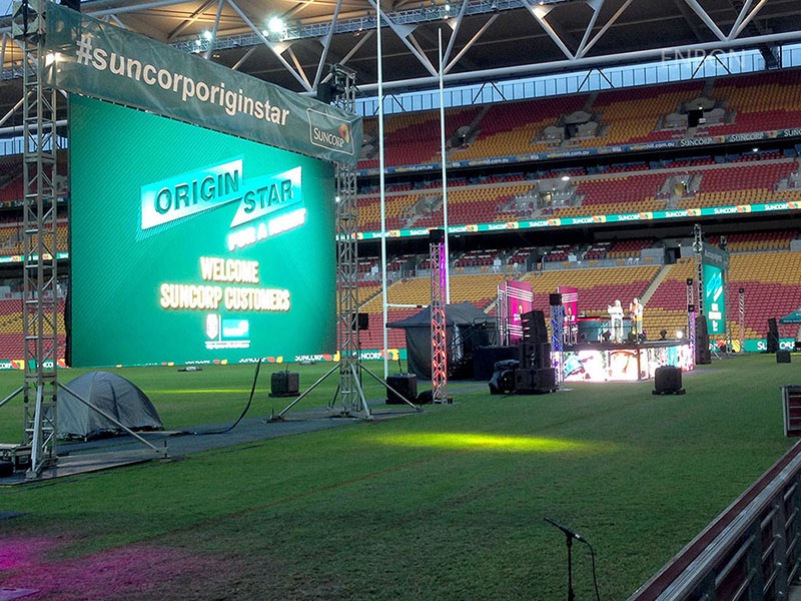
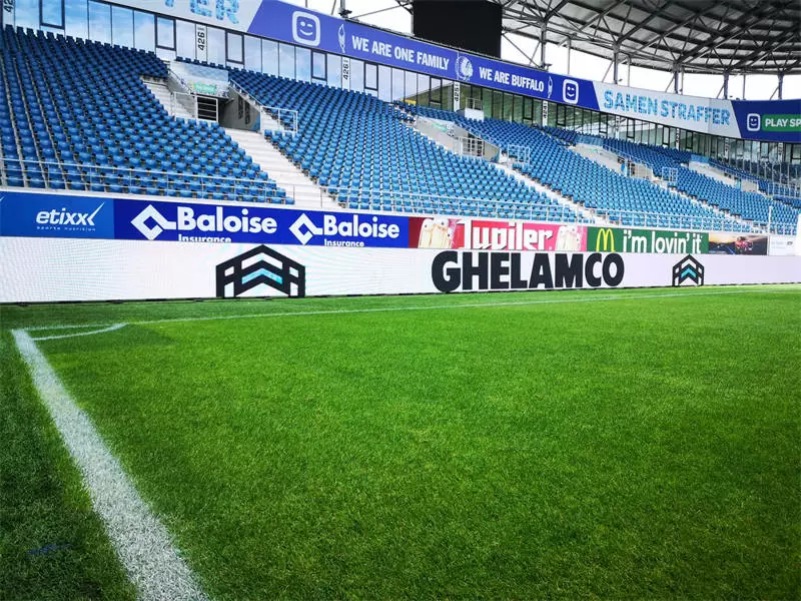
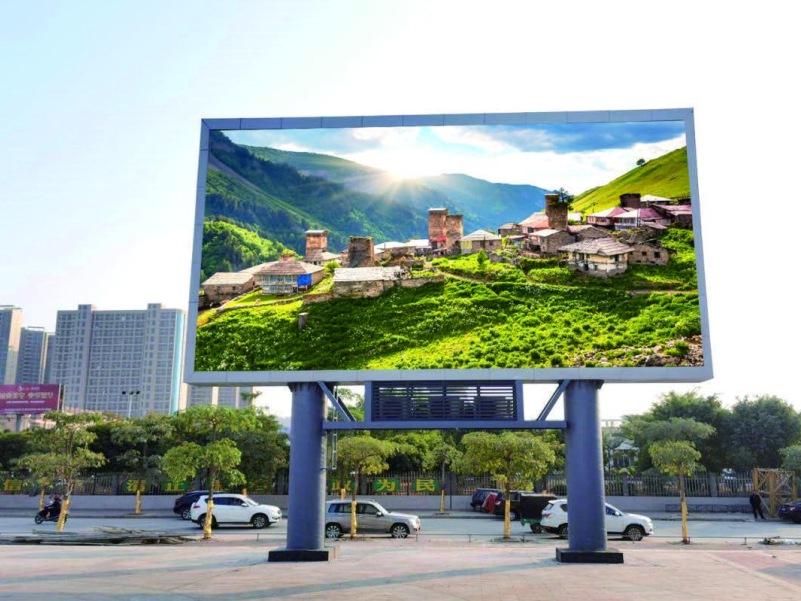
The after-sales and warranty details of the Outdoor LED Display Screen
Choosing a screen is not only about price, but also about whether it can be used safely in the future. Many companies found out after installation that after-sales service is the key.
First look at the warranty period. Generally speaking, mainstream outdoor LED large screen manufacturers will provide 2~3 years of warranty, and some will support longer. But you need to confirm the scope: just the lamp beads? Or does it include power supply, control card, cabinet?
Spare parts support is also important. Long-term operation will inevitably cause unit damage. If the manufacturer can quickly provide accessories from the same batch, it can save a lot of waiting time.
Then there is the service method. It is best to choose a brand with a local engineer team, who can come to the door to check if there is a problem. Remote technical support is also critical, especially before emergency activities or advertisements go online.
Don’t ignore the training service after installation and commissioning, so that on-site operation and maintenance personnel can quickly get started with daily management and minor fault troubleshooting.
In general, it is not just about price, but also about who can make you use it for a long time, save worry, and make fewer mistakes.
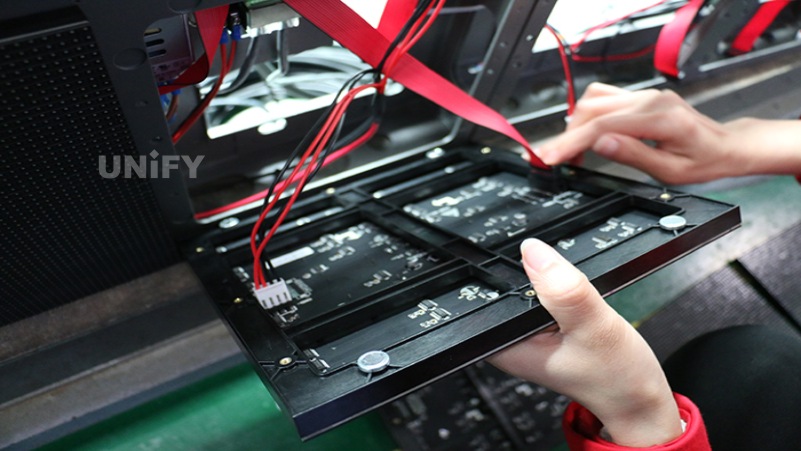
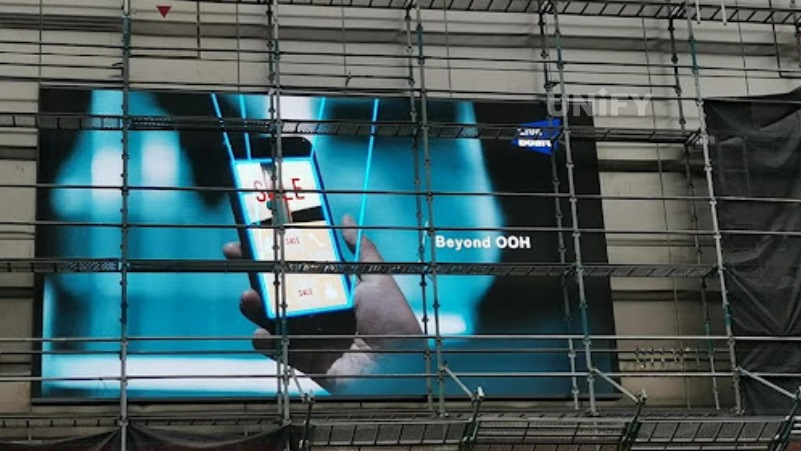
Conclusion:
Choosing a good outdoor LED screen is not just about brightness and size, but also a global choice from structure to system, from after-sales to operation.
Only by figuring out where it is used, how to use it, and how much the budget is, and then comparing the pixel spacing, protection level, energy consumption and service, can you choose a truly suitable solution.
For B-end customers, a good screen is not about unit price, but long-term stability, worry-free and easy maintenance.
UNIFY provides a complete set of solutions from selection to installation, debugging to after-sales, helping you achieve both effect and efficiency, making outdoor advertising more worry-free, better looking, and more durable.
Recommend Products
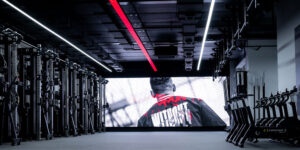
Indoor LED Screen Case in USA: Elevate Your Church Services
Indoor LED Screen Case in USA: Elevate Your Church Services Home Table of Contents Introduction As churches across the USA seek to engage congregations with richer audio-visual experiences, the adoption of LED display technology has surged. Indoor LED screens are now a central feature in worship spaces, transforming the way messages and media are presented.

Synchronous Playback for LED Displays
Synchronized Playback for LED Displays Home Table of Contents Synchronized Playback for LED Displays After an LED display is configured, it needs to play content from a front-end input. When this content needs to be played in real-time, it is called synchronized playback for an LED display. Synchronized playback refers to the LED display playing
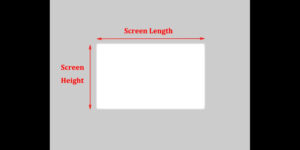
LED Display Basic Calculations
LED Display Basic Calculation Home Table of Contents Power Consumption Calculation In LED display related engineering projects, the power consumption of the screen power supply is a crucial parameter for evaluating screen performance and is closely tied to the safety of project construction. Incorrect calculation of the power consumption of an LED display in the early
